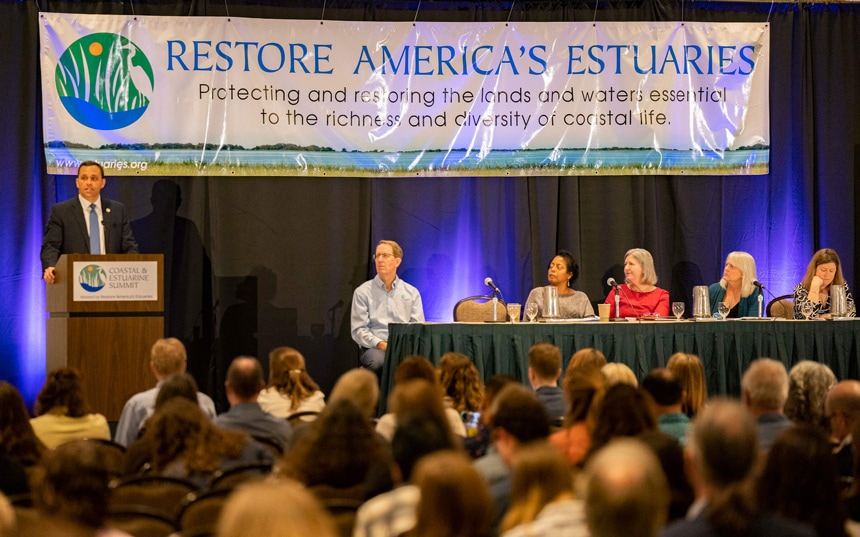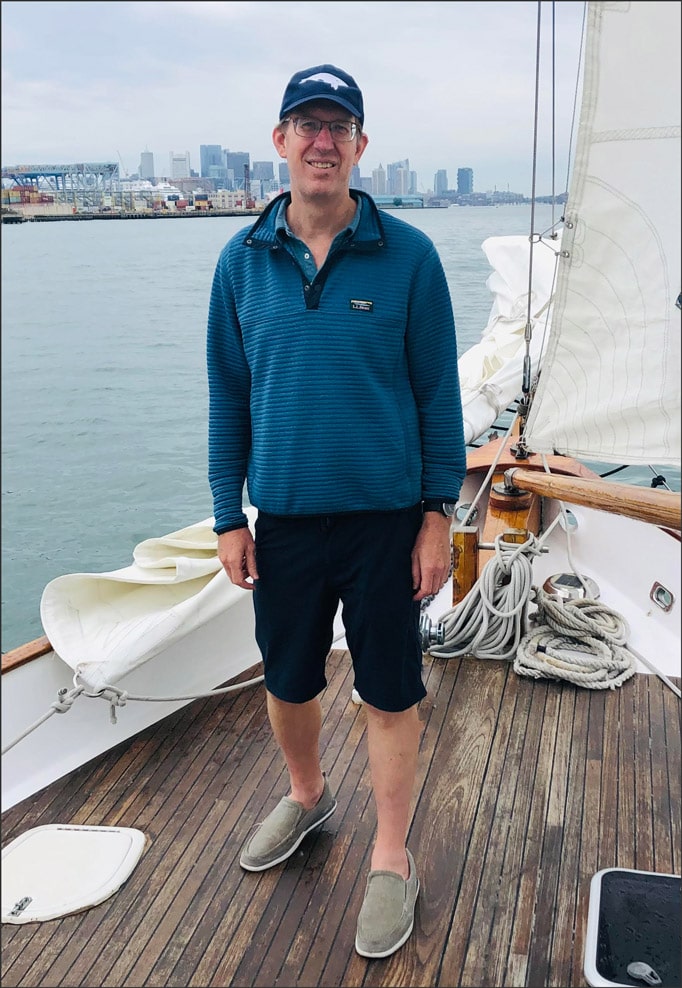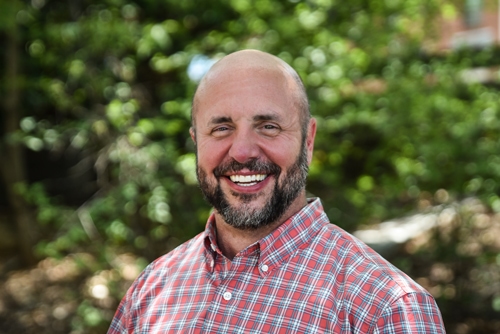Over 40% of Americans—that’s 130 million people—live along the coasts of the United States. That high concentration of people is putting a lot of pressure on sensitive coastal ecosystems. Host Sarah Thorne and Jeff King, the new National Lead of the Engineering With Nature® Program, are joined by Daniel Hayden, President and CEO of Restore America’s Estuaries (RAE). RAE, a nongovernmental organization dedicated to protecting and restoring bays and estuaries along the coasts, has a bold vision for the future, one in which Engineering With Nature and nature-based solutions play a critical role.
RAE was founded in 1995, in part to bring together the coastal restoration conservation community. Starting with an initial group of 10 members, the organization has grown significantly. In December 2022, RAE held its 11th Coastal and Estuarine Summit in New Orleans, Louisiana. Daniel notes that, with over 1300 attendees representing a broad spectrum of individuals and organizations that work in coastal restoration and protection, “This Summit was our largest ever, which really shows the growing interest in protecting and restoring our coasts. We’re all aware of the increasing threats to our coasts and coastal communities due to environmental degradation and climate change. And we’re also aware of the increasing focus of federal spending on our coasts.”

The Summit featured over 500 speakers addressing topics on coastal planning, restoration techniques, oyster restoration, blue carbon, community engagement, diversity, equity, and inclusion, covering the spectrum of issues needed to ensure scientifically sound coastal restoration and protection.

Daniel describes an estuary as a place where one body of water meets another, typically a river into a bay or ocean, or a river into a large lake, noting that the East, West, and Gulf Coasts are all home to estuaries, as well as the Great Lakes region. He adds, “These areas play a critical role in flood and storm surge protection, as well as ecological functions, such as providing habitat for fish and wildlife. Two-thirds of all commercial fish spend at least part of their life in an estuary, and estuaries are also really important in terms of bird habitat and migratory pathways for birds up and down our coasts.”
We asked Daniel to share his journey to becoming RAE’s President and CEO. He notes that he isn’t a scientist, and stresses the importance of employing a multidisciplinary approach to conservation: “I came to conservation after completing an undergraduate degree in history and economics, then working in consulting and getting an MBA—a traditional business path. But I really found consulting wasn’t satisfying my personal needs and aspirations. So I thought about what’s really important to me, to my family, my community. And that really focused me on my interest in conservation and the need for us to work together to protect these great places.”
Daniel joined RAE in 2020, with a commitment to move the organization forward on its 2019 Strategic Plan while building a constituency to support increased funding for conservation and getting more people involved in protecting and restoring estuaries. Personally, he wanted to create a platform for thought leadership: “I was excited to join RAE to advance its mission. We’re able to relate to the issues of so many different stakeholders. Depending on who we’re talking to about our mission, we can talk about different things. We can talk about the fact that 8 of the 10 largest cities in the US are in estuaries. We can talk about the importance of ports and estuaries as transportation hubs, taking a commercial perspective on what estuaries offer. We can also go to a fishing conference or a hunting conference and talk about the need for open spaces. Or we can go to an urban-planning session and talk about the need for urban waterways and parks.” He adds, “There’s a lot of different benefits we can communicate about, and that’s really exciting because we can bring many different communities together around something that’s very important.”
Environmental justice, social equity, and community empowerment are at the forefront of RAE’s work. Daniel discusses RAE’s responsiblity to ensure that positive investments go into underrepresented and underserved communities along the coasts to provide a range of benefits. Jeff notes how RAE’s focus aligns with some of the objectives and priorities of EWN and the Biden Administration’s Justice 40 Initiative: “For the first time in our nation’s history, the federal government has made it a goal that 40% of overall benefits of federal investments will flow towards disadvantaged, marginalized communities for things like clean energy and affordable housing, cleaning up areas that have been contaminated over the years, and of course, climate change. By integrating natural infrastructure and nature-based solutions, we can provide these communities with social benefits and environmental benefits.”
Climate change is also having a significant impact on estuaries. As Daniel notes, one of the biggest threats is the unpredictability that climate change produces—from having ocean water infiltrating communities as sea levels rise, to more frequent and more powerful storms that damage coastlines and the impact of flooding, to droughts that affect navigation in rivers like the Mississippi and salmon runs in the Pacific Northwest. As Jeff says, “We live in a multihazard world now. Climate change creates a lot of variability in the system and various ecoregions. So, we do have to think beyond what we are currently seeing, and anticipate what future needs will be. This is another area where our missions align. The idea of EWN partnering and collaborating with RAE just makes sense.”
Looking to the future, the opportunities for RAE and the EWN Program to work together are “tremendous.” “Thinking about the amount of infrastructure that the country needs to maintain and rebuild and expand over the coming decades and future generations,” Daniel says, “we really need to be very thoughtful about how we invest in our future. It’s not rebuilding what we had but thinking about making sure that infrastructure reflects the climate and the economy we want to have for the future. We need to rethink how we are designing our cities, our ports, our stormwater management, and waste management in order to create the multiple layers of benefits. We know we need this type of infrastructure, but we also know that we can build it in a way that improves the health of the environment and people while making our communities more livable.”
Jeff adds, “As we think about climate change and the uncertainty associated with a 10-year or 20-year time horizon, we need to offer communities, stakeholders, and decision-makers the best available information and tools to make informed decisions. This is an important role for EWN. And







